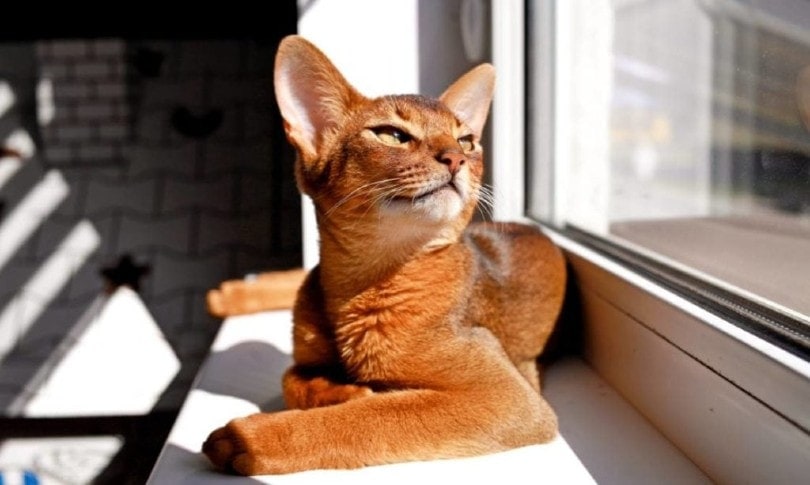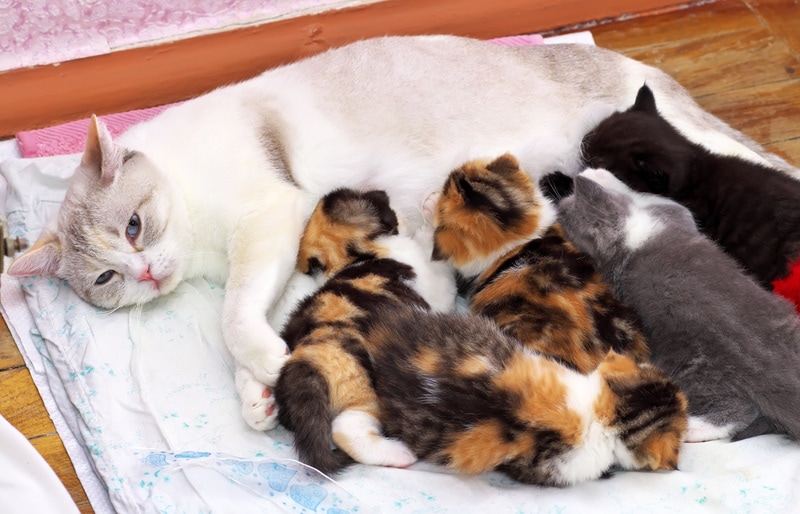Is Kalanchoe Poisonous to Cats? Vet Approved Facts & Safety Guide

Updated on
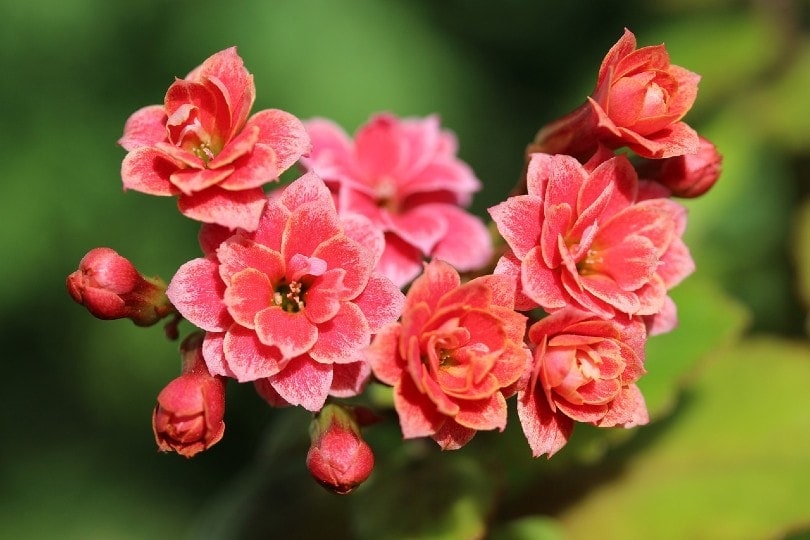
Click to Skip Ahead
Kalanchoe is one of the most popular indoor house plants, but it is toxic to cats and dogs. It’s important to keep this plant away from your cat as a result. It’s also a good idea to know the signs of Kalanchoe ingestion so you can contact your vet if your cat shows any worrisome signs.
The good news is that Kalanchoe isn’t particularly fatal, but it can definitely cause your cat to be uncomfortable and sick. Scroll down to learn more.
 Kalanchoe Overview
Kalanchoe Overview

| Scientific Name: | Kalanchoe blossfeldiana |
| Other Names: | Mother-in-Law Plant, Devil’s Backbone, Chandelier Plant, and Mother of Millions |
| Family: | Crassulaceae |
| Toxicity: | Toxic to dogs and cats |
| Toxic Compounds: | Bufadienolides |
| Signs of Kalanchoe Ingestion: | Vomiting, diarrhea, and abnormal heart rhythm |
Kalanchoe is a low-maintenance, beautiful indoor plant, which is why it is so popular. Its blooms can be an assortment of colors, including white, pink, red, magenta, yellow, and orange. They can truly brighten up any spot, as long as they get a lot of sun.
Is Kalanchoe Poisonous to Cats?
Even though Kalanchoe makes a great indoor plant, it isn’t always a good choice if you have cats or dogs in the household. This plant includes bufadienolides (cardiac glycosides), which are toxins that affect the heart. In most cases, your cat will stop eating the plant before it can cause any real damage.
However, your cat may throw up or experience diarrhea, even if they only eat a little bit. If your cat consumes a large amount, the side effects can be more serious. All these side effects apply to dogs in addition to cats.
Signs Your Cat Has Ingested Kalanchoe
If your cat consumes even a little bit of Kalanchoe, the most common side effects include vomiting and diarrhea. Vomiting tends to happen quickly after the cat has consumed the toxin, within a couple of hours. If your cat ingests a large amount, it can experience weakness and even collapse. In rare cases, Kalanchoe causes abnormal heart rhythm and rates.
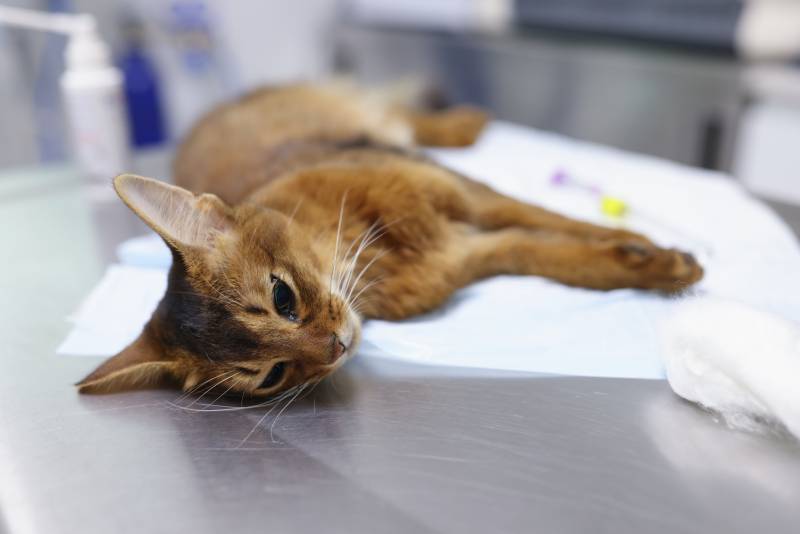
What to Do if Your Cat Has Ingested Kalanchoe
If you believe that your cat has ingested some Kalanchoe, don’t panic right away. It is very unlikely that your cat will experience severe side effects from this plant. More than likely, your cat will just experience vomiting or diarrhea.
However, you still need to keep a close eye on your cat. If your cat begins throwing up or experiencing diarrhea, call your vet for advice. Depending on the hour, you might need to call the ASPCA Animal Poison Control Center instead. They are available 24/7.
Unless your cat is experiencing serious fatigue or abnormal heart rates, your vet will likely recommend fluids and monitoring. Your vet might also induce vomiting to make sure all of the plant is out of your cat’s system. Either way, your cat is very likely to get back to normal soon.
Prevention Measures: How to Keep Your Cat Safe From Kalanchoe
If you have a cat in your household, it’s best to just keep Kalanchoe away. Even though this plant is not deadly for cats, you still don’t want to cause your cat to get sick. Instead, select cat-safe plants, such as the Polka Dot Plant or Boston Fern. These plants are beautiful, low maintenance, and, most importantly, cat friendly.
We understand that you might want to keep your Kalanchoe. In that case, make sure to put the plant in a location the cat will have difficulty reaching. Additionally, provide your cat with a lot of toys and activities so that they are unlikely to get bored and eat the plant.
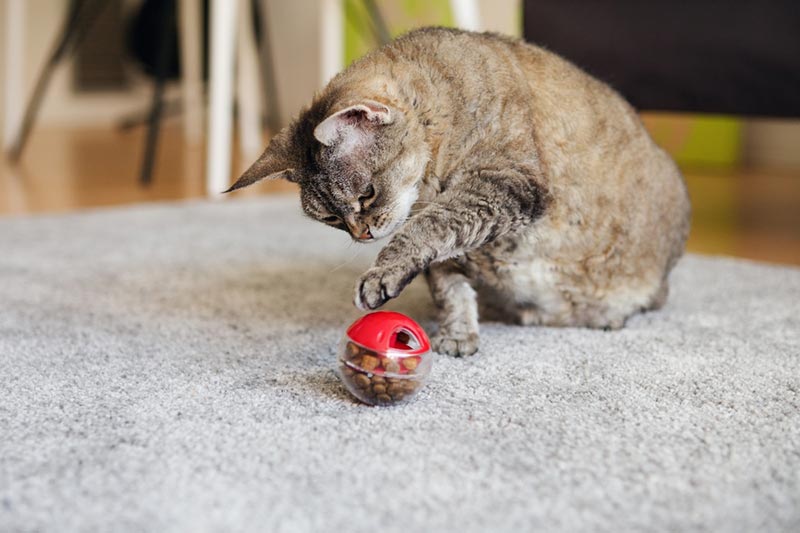
Final Thoughts
Even though Kalanchoe is a great plant to have around your home, it isn’t ideal for households with cats. The good news is that this plant is rarely lethal or causes any serious side effects.
Still, make sure your cat is safe by keeping Kalanchoe away from your home. If your cat happens to eat some of this plant, keep a close eye on it and call your vet or the ASPCA poison Control Center to make sure your cat gets the veterinary care they need in a worst-case scenario.
Related Read:
Featured Image Credit: Chesna, Pixabay

 Kalanchoe Overview
Kalanchoe Overview
